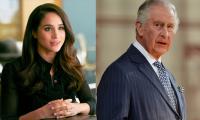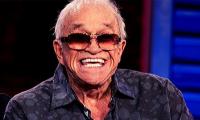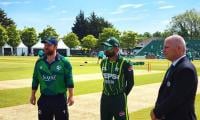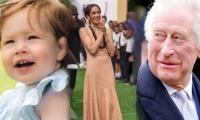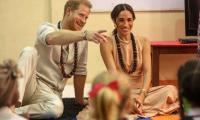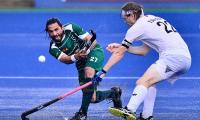The Arts Council’s Manzar Akbar Hall was awash with nostalgia Tuesday evening and the audience of all ages, young and old, clapped rhythmically and some sang along with the star of the evening, Saleem Shehzad. He was presenting the numbers rendered originally by the late Muhammad Rafi, the greatest vocalist this subcontinent (and perhaps the world) ever produced.
The function was a tribute to the legendary singer on his 38th death anniversary, which fell on Saturday. Playback, radio and television singer Saleem Shehzad did a commendable job replicating Rafi’s voice and style. One would have thought that it was Muhammad Rafi come alive. He presented twenty numbers in all and it was a perfect replication of the late singer’s voice.
What made Muhammad Rafi stand out among all the vocalists in the subcontinent and even, one could say, the world, was his versatility. Apart from the melody in his voice there was unmatched versatility. With unexcelled perfection, he could perform the most classical of numbers like “Madhuban mein radhika naache re”, which was the classical Raag Hameer, from the 1960 movie, “Koh-i-Noor”, with musical score by Naushad, at one end of the spectrum, to “Laal laal gaal”, an Urdu version of a rock-n-roll number, at the other, and everything in between.
The late Jim Reeves was another vocalist with a heavenly voice but his versatility was limited. He just specialized in a certain genre, that was lilting sentimental melodies, no jumpy or jazzy numbers. Not so with Rafi. He was at-home with any genre, any beat. Both the vocalists really knew how to put feeling into a song and make the listener “feel” the lyric. There’s a number of Rafi’s, “Babul ki duwaein leti ja”, from the movie “Neel Kanwal”, where an elderly man bids farewell to his daughter who is leaving for her in-laws after marriage. His rendition could bring tears to the eyes of even the most stone-hearted.
Shehzad presented the jazzy, jumpy numbers in the same perky manner that was reminiscent of Rafi. One of these was, “Yun to hum ne laakhon haseen dekhe hain, tum sa neheen dekha”, from the 1958 hit movie, “Tum sa neheen dekha” with the perky, vivacious musical score of the late maestro O.P.Nayyar.
Almost all his renditions were accompanied by rhythmic clapping by the audience, both young and old. Many even joined in the singing.
While at one end of the spectrum he presented a totally classical number, “Koogoo, koogoo bole Koelia”, dating back to 1959, at the other he presented a 1957 number “Laal laal gaal”, an adaptation of an American rock-n-roll song, “Rock, rock, rock everybody”. It was from the era when the rock-n-roll beat had started taking the world by storm.
However, to be fair, one also has to take into account some glitches. For one, his rendition of “Tum sa naheen dekha” was a departure from the original version since he had added some embellishments of his own which may have irked the orthodox fans. Besides, like many of O.P. Nayyar’s numbers, this one is sung to the accompaniment of the horse’s hooves which were not there in Shehzad’s version.
Besides, he rendered two numbers, “Do sitaron ka zameen par hai milan aaj ki raat”, and “Koi piyar ki dekhe jaadogari”, both from the movie “Koh-i-Noor”. However, the orthodox music fan must have been somewhat disappointed as these songs are not Rafi solos. They are Rafi-Lata duets.
Most of all, time seemed to be catching up with him as at a few junctures he seemed to run short of breath which produced gaps in his renditions. All said and done, Shehzad put up a highly adroit performance. Most of all, the programme was an ideal exercise to keep the memory of the late vocalist perpetuated as Rafi was an unmatched asset in the world of music the subcontinent ever had and must be remembered for all times to come. It was a beautiful, nostalgic trip back in time.
This general view shows the commercial district of Pakistan's port city of Karachi. — AFP/FileDastangoiT2F is...
Representational image of a house on fire. — AFP/FileA thread factory on the Super Highway caught fire on Thursday....
This image shows the KWSC logo. — Facebook/Karachi Water & Sewerage corporation/FileThe Karachi Water and Sewerage...
Sindh Chief Secretary Syed Asif Hyder Shah gestures during a meeting on April 2, 2024. — Facebook/Chief Secretary...
This image shows the building of the Sindh High Court in Karachi. — Facebook/Sindh High Court Bar Association...
The Sindh High Court building in Karachi. — Facebook/The Sind High Court, Karachi/File HYDERABAD: A Sindh High...
